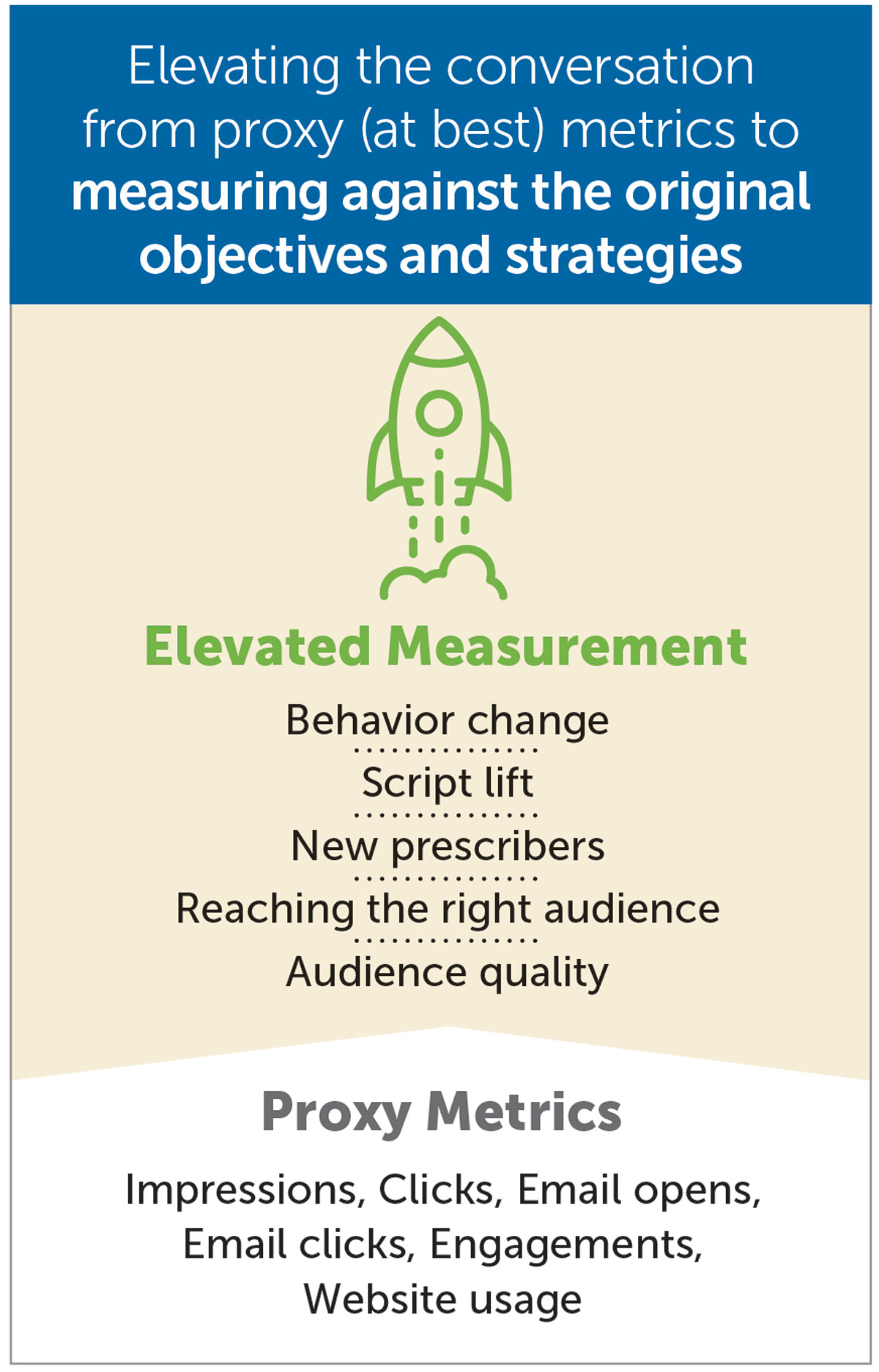Over the last decade or so, the emphasis in marketing has been placed on data aggregation. “How can we get more data?” “Nothing else matters, just give us the data.” Entire industries have been built around data aggregation and consolidation. Similarly, for those who have access to audiences, tracking as much as possible has become a priority. Instead of aggregating others’ data, the push is to collect everything possible. The natural response to this as the other side of the coin is a relatively recent push for privacy and compliance. If everyone is going to collect as much data on me as possible, I want to be in control of that.
This opens a somewhat philosophical question: Why do we track? Maybe it’s a little less philosophical and actually more strategic. What is the point of tracking? Why are we collecting all of this information? It can’t be just to sit in a data warehouse. It should be actionable. It is actionable—we track to measure if our marketing is working or not. Marketing is executed with a purpose, with a goal. We use data to understand if that goal is being reached.
How we use that tracking and data to determine if marketing efforts are working can be separated into two buckets, though the combination of the two is where the power lies. 1) What are we trying to accomplish? What is the desired behavior change? 2) What information is available to prove if that’s happening or not?
Strategic Objectives
What are we trying to accomplish? Before any efforts are taken, before any budget is spent, the conversation should always start with strategic objectives. This is often broken down from overall goals into strategies to accomplish those goals, which tactics apply to the strategies, and what key performance indicators (KPIs) can be applied to those tactics (Figure 1). KPIs are typically determined in relation to the tactics as proving strategies can be more difficult—unless you have the right data.
 Available Information for Measurement
Available Information for Measurement
When executing marketing campaigns, we’ve entered a world where if it can’t be tracked, should it be trusted to have even happened? Similar to the adage “if a tree falls in the woods and no one was there to hear it, did it make a sound?” we have the marketing version: “If an ad interaction happens with the audience but it isn’t tracked, did it actually happen?”
We rely in simple media proxy metrics, such as impressions, clicks, opens, etc. to prove the occurrence of these interactions between the brand and the audience. They are important in many cases as they are often the source of contractual guarantees. But they don’t fully answer the question: “Is my marketing working?” That doesn’t mean the ad interaction isn’t noticed, but in many cases, the goal isn’t to be noticed, it’s to change behavior. We can’t tell from an ad interaction if the audience is going to change their behavior.
The other source of data that can close the gap between proxy metrics and strategic objectives is outcomes data (prescription data, diagnosis data, etc.). For instance, if the desired behavior change is an increase in prescription writing, is that actually happening in correlation to my marketing efforts? Finding the right data to help answer that is significantly more important than having infinite proxy metric tracking data.
The powerful outcome is the combination of all three: strategic objectives, proxy metrics, and outcomes results data. By looking at past behavior, understanding at the individual level if they’ve interacted with a program or ad, then revisiting that behavior post engagement, the conversation can evolve. It has moved from a contractual guarantee review during reporting sessions to a more meaningful attempt to directly answer the question “is my marketing working?” (Figure 2).
 The Right Data
The Right Data
Ingesting more data into your data warehouse isn’t always the optimal path. This statement seems obvious, but we’ve all fallen victim to viewing data as a powerful currency. Currency is only useful if someone is willing to trade goods for it. Finding the right currency, or in this case the right data, is most important as it will help you answer the question you are truly asking.
Spend the time to plan out measurement, making sure it aligns back to your original strategic objectives. Elevate metrics above proxy wherever possible. Build an infrastructure (or work with partners who already have it) to tie your measurement directly to your strategic goals without the middle man. That is why we track, and why it’s important to focus that tracking to help directly answer the question “is my marketing working?”








